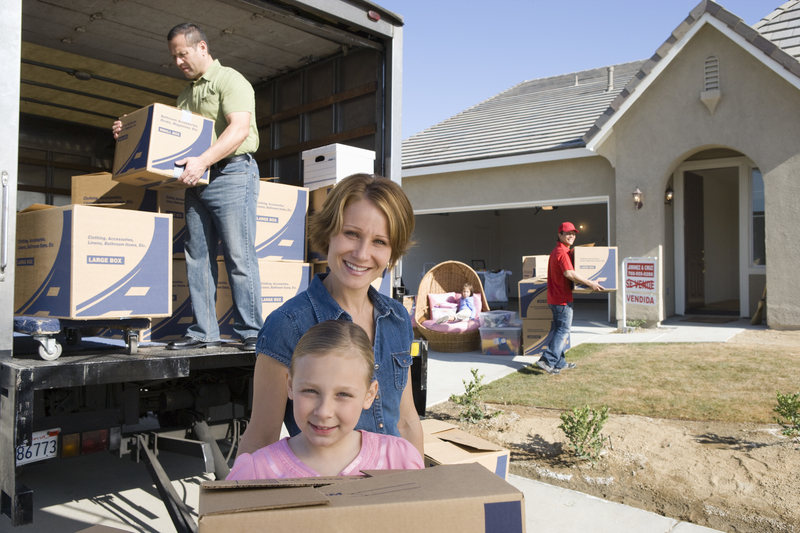If you're not a prepper, then the first things on your to-do list once you arrive at your destination might be arranging and unpacking furniture, getting the kitchen together and ensuring your mail is going to the right place. You might want to rearrange your priorities. Whether you're a prepper or not, your survival plan must become a crucial aspect of adjusting to your new location. It could save your life!
Each area has its own set of hazards. Gather those that you may live with and make a list of the disaster risks that you are aware of. First, list those that are most probable. Think of the places that you will be going to on a regular basis. Spend the next month observing your new area. As you drive around, notice any tunnels, rivers, bridges, power lines, railroads, trucking routes, chemical plants, government buildings, or refineries. Look for alternate routes to work and different ways to get out of town.
Locate where the closest CERT class is in your area. You can find classes on the FEMA website. CERT classes are the perfect opportunity to ask questions and be with people, like yourself, that want to learn more about preparing.
Your local city and county web sites may have an emergency preparedness section. Some cities allow their residents see the Emergency Operations Plan (EOP). The EOP lists any risk assessment, available resources, continuity of government, and mutual agreements with other agencies. The local city and county web sites also have information about local utilities, phone numbers, evacuation places, and emergency instructions.
Start connecting with neighbors, people at your church, and coworkers. They have an in depth knowledge of the town and its history. They may also know places to shop to get any preparedness items you may need.
Local prepper groups are another way to get information about your city’s hazards. Preppergroups.com, PrepperLink.com and Meetup.com are sites you can go to in your search for a group to belong to. If there is not a group nearby, there are many sites that help you form a prepper group in your town.
One of my favorite places to go is Usa.com. Just enter your zip code and you have a ton of information about your new town. On the left side you can click on “Natural Disasters and Extremes”. There is a 60 year history of the disasters in your area and how often they occur.
Check your new home for any fire hazards, have carbon monoxide and smoke detectors installed and/or checked. Check your home for good security, maybe an alarm system or additional locks. Learn what the laws are concerning firearms in your state. Have adequate home, life, and auto insurance to help you get through a disaster.
Check social media! The Red Cross and other government agencies have a presence on social media. I have chosen to receive updates from our local county emergency management office and the US National Weather Service on my Facebook.
Evaluate your primary risks and see if there is a secondary risk that could affect your family. You may not experience the earthquake, but you may be in the line of the tsunami. Think about the disasters that could happen and look for the secondary risk. If you are a business owner, there are also first and secondary risks that may abruptly slow or stop your livelihood.
While some civil disturbances are out of our control and unpredictable, being prepared is still necessary. No one saw the attacks in San Bernardino or Orlando coming. Again, look at what is probable for your area and do your best to have a plan.
What is your survival plan when moving to a new city? Do you have any other advice when prepping in your new home?
Article Source: The Survival Mom
